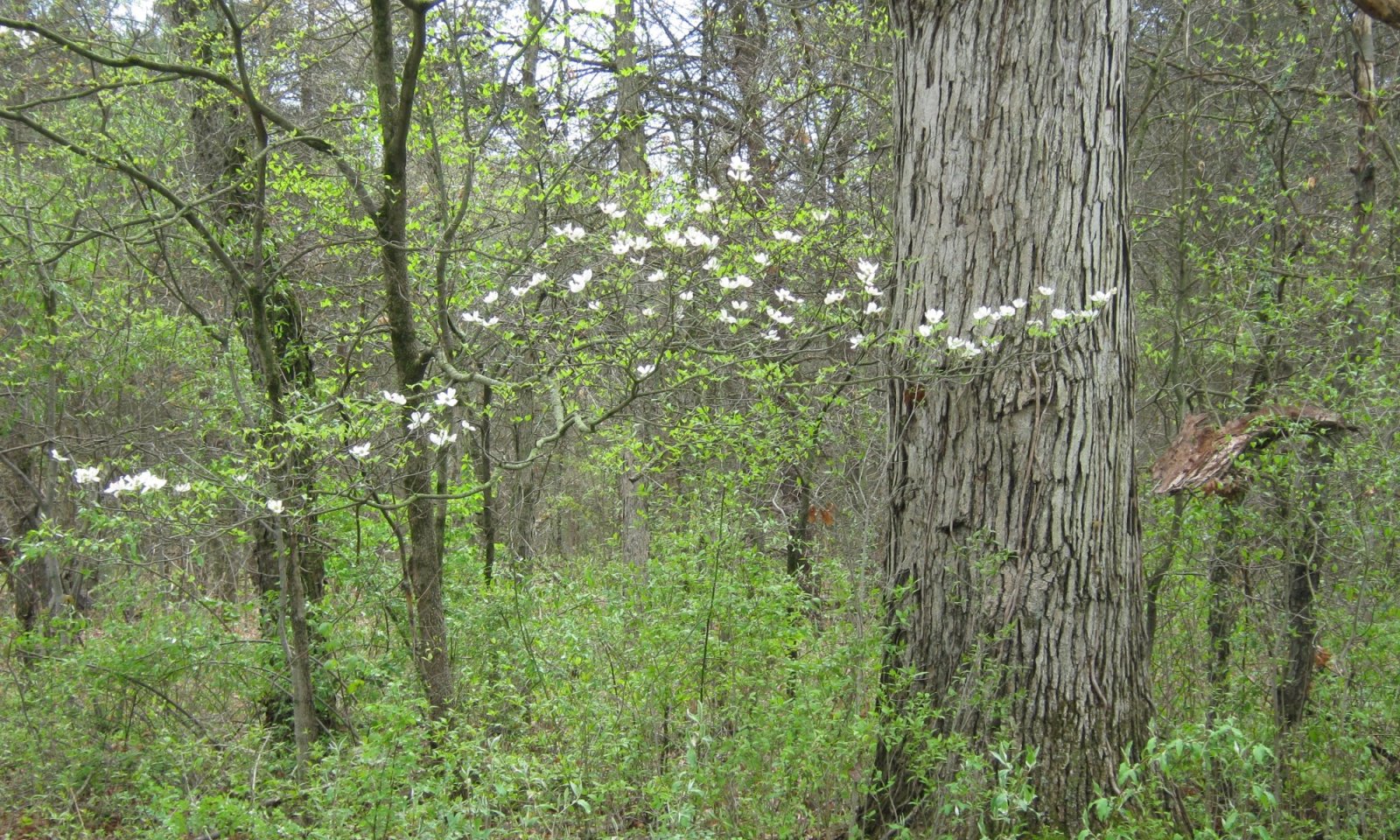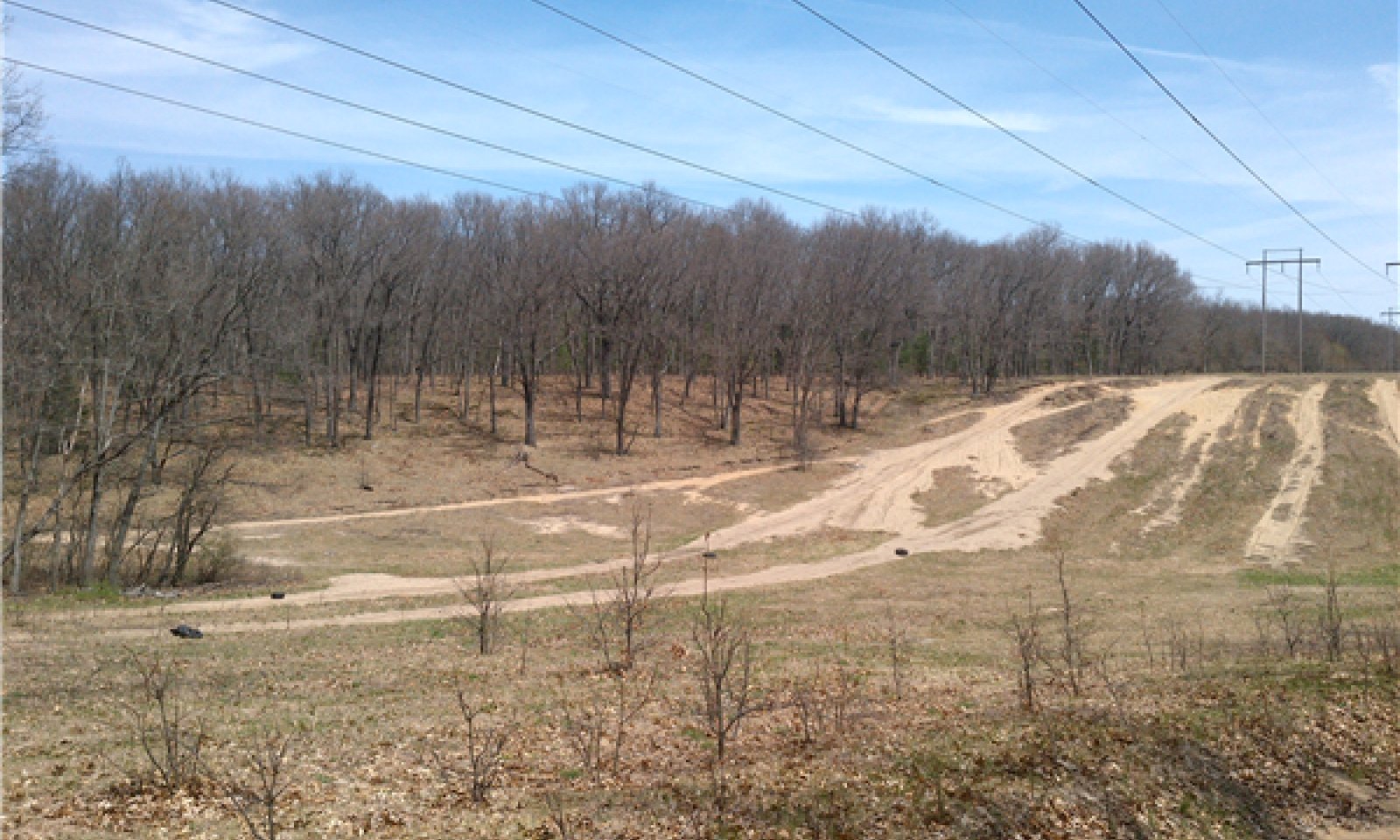
Dry Sandy Lake Plain
Scenario model
Current ecosystem state
Select a state
Management practices/drivers
Select a transition or restoration pathway
- Transition T1A More details
- Transition T1B More details
- Restoration pathway R2 More details
- Transition T2 More details
- Restoration pathway R3 More details
- Transition T3 More details
-
No transition or restoration pathway between the selected states has been described
Target ecosystem state
Select a state
Description
Prior to European-American settlement of the area, about 39 percent was in phase 1.1 (white pine-white oak or other pine or oak dominated forests; Albert, et al., 1995). About 34 percent of the vegetation was dominated by very shade tolerant species such as beech (Fagus grandifolia) and hemlock (Tsuga canadensis) (beech-sugar maple-hemlock or beech-sugar maple forests roughly equal to phase 1.6) and about 20% was dominated by a mix of white pine (Pinus strobus) and mesophytic species (white pine-hardwood or pine-hemlock forests, roughly equivalent to phase 1.5). About 7 percent of the area was open oak-pine barrens and other early successional phase (collectively in phases 1.2, 1.3, and 1.4). The most frequent canopy associates are black oak, white oak, and white pine. The understory in closed forest phases is composed of shade tolerant spring-blooming forbs. Disturbance from canopy openings and/or fire favors grasses and prairie forbs in the understory. On occasion, larger openings may allow for establishment of big tooth aspen (Populus grandidentata) or thickets of sassafras (Sassafras albidum) (Phase 1.4). Historically, these small gaps would have been too small to be mappable using General Land Survey notes.
Submodel
States 1, 5 and 2 (additional transitions)
1.1. Xerophytic Forest: White Oak-White Pine/Flowering Dogwood/
1.5. Dry-Mesophytic Forest: Red Maple-Red Oak/Greenbrier/Bracken Fern
1.2. Woodland: Black Oak-White Oak/Black Oatgrass-Lupine
Description
State 2 is a planted state consisting of a variable number of woody perennial crops, ranging from short term (5-15 years) ornamental shrubs or Christmas trees to long term (50-100 years) forestry products from red pine, scots pine, or jack pine.
Submodel
State 3
Disturbed





Description
State 3 is a result of timber harvesting with heavy soil disturbance (e.g. timber landings), or cultivation followed by abandonment. This process often results in the introduction of non-native invasive species from unwashed harvest equipment, as well as a mixture of weedy natives. Over time the open community may also be colonized by native prairie species or succeed slowly with native pioneer trees.
Submodel
Mechanism
The site is harvested and then cultivated, followed by planting of woody crop species.
Mechanism
The site is harvested then cultivated, followed by abandonment. Cultivation eliminates most of the existing perennial plant species and disrupts soil biota. This favors establishment of native annual, biennials, and short-lived perennials. The unsanitary use of mechanized equipment or livestock can be vectors responsible for the introduction of seed or other propagules non-native invasive species such as knapweed. Allelopathy in some invasive species can delay the long term reestablishment of native species.
Mechanism
Restoration can hypothetically occur spontaneously over a period of 100 to 300 years depending on the lifespan and shade tolerance of the overstory crop species. Normally however, harvest is required to be followed by reestablishment of native species depending on desired community phase of the reference state. In many cases, advanced regeneration of late successional species is apparent before harvest. In many cases follow up treatment for non-native invasive species may be necessary do to earlier introductions from planting or harvest equipment.
Relevant conservation practices
| Practice | External resources |
|---|---|
|
Brush Management |
|
|
Tree/Shrub Site Preparation |
|
|
Tree/Shrub Establishment |
|
|
Restoration and Management of Rare and Declining Habitats |
|
|
Forest Stand Improvement |
|
|
Herbaceous Weed Control |
Mechanism
The site is harvested followed by abandonment. The unsanitary use of mechanized equipment or livestock can be vectors responsible for the introduction of seed or other propagules of non-native invasive species such as knapweed. Allelopathy in some invasive species can delay the long term reestablishment of native species.
Mechanism
Restoration requires treatment of non-native invasive species followed by reintroduction of native plant species. Without intervention, native species may slowly recolonize the site and succession towards invaded versions of the reference communities would occur.
Relevant conservation practices
| Practice | External resources |
|---|---|
|
Brush Management |
|
|
Tree/Shrub Site Preparation |
|
|
Tree/Shrub Establishment |
|
|
Restoration and Management of Rare and Declining Habitats |
|
|
Herbaceous Weed Control |
Model keys
Briefcase
Add ecological sites and Major Land Resource Areas to your briefcase by clicking on the briefcase (![]() ) icon wherever it occurs. Drag and drop items to reorder. Cookies are used to store briefcase items between browsing sessions. Because of this, the number of items that can be added to your briefcase is limited, and briefcase items added on one device and browser cannot be accessed from another device or browser. Users who do not wish to place cookies on their devices should not use the briefcase tool. Briefcase cookies serve no other purpose than described here and are deleted whenever browsing history is cleared.
) icon wherever it occurs. Drag and drop items to reorder. Cookies are used to store briefcase items between browsing sessions. Because of this, the number of items that can be added to your briefcase is limited, and briefcase items added on one device and browser cannot be accessed from another device or browser. Users who do not wish to place cookies on their devices should not use the briefcase tool. Briefcase cookies serve no other purpose than described here and are deleted whenever browsing history is cleared.
Ecological sites
Major Land Resource Areas
The Ecosystem Dynamics Interpretive Tool is an information system framework developed by the USDA-ARS Jornada Experimental Range, USDA Natural Resources Conservation Service, and New Mexico State University.





